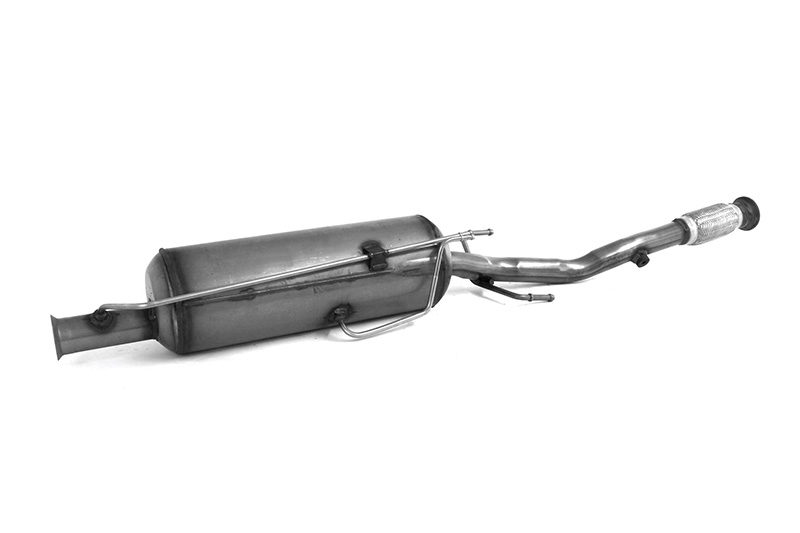
Utilised on certain diesel engine passenger cars and LCVs, BM Catalysts explains what selective catalyst reduction is and what it does.
Selective Catalyst Reduction (SCR) technology has been around for decades. First introduced by the Japanese in the 1970s, this technology is often found in power plants, marine vessels, and heavy duty vehicles as one of the most cost and fuel effective ways of reducing nitrogen oxide (NO) and nitrogen dioxide (NOx) emissions.
It is no longer the case that soot particulates are considered to be the ‘worst’ elements found in diesel vehicle emissions. More recently, research has identified NOx to potentially cause or exacerbate various respiratory conditions. Some car manufacturers, such as Mercedes and Volkswagen, have been using SCR technology since around 2004. The technology has since become more commonplace to treat emissions from diesel engines over 1.5L following the introduction of Euro 6 emissions standards in 2015, which cut permitted NOx emissions by more than 50%.
SCR technology can reduce a vehicle’s NOx emissions by up to 90%, whilst also reducing hydrocarbons (HC), carbon monoxide (CO) and particulate matter emissions.
SCR technology works by injecting a liquid-reductant agent through a special catalyst into the exhaust stream of the vehicle. This reductant is an automotive grade urea solution comprised of approximately 1/3 ammonia and 2/3 water. It is more commonly referred to as a diesel exhaust fluid (DEF) and it triggers a chemical reaction that converts NOx into:
Nitrogen (N)
Carbon dioxide (CO2)
Water vapour (H2O)
Ammonia is highly reactive with NOx in the oxidising atmosphere of the vehicle exhaust. This is where the ‘selective’ part of the name comes from. The chemical reaction itself is known as ‘reduction’, hence the name Selective Catalyst Reduction.
What is it made from?
SCR catalyst substrates are typically made from the same ceramic honeycomb material as standard automotive catalysts. They are generally coated with either oxides of base metals such as vanadium, or zeolites of copper or iron.
The advantage of zeolite SCR catalysts is that they have greater thermal durability and can operate at both lower temperatures during start up, and the higher temperatures that typically occur during regeneration. Vanadium can work well in automotive applications but is more commonly found in industrial settings.
Early SCR systems tended to place the urea/DEF injector and SCR catalyst downstream of other emissions control devices. It is now becoming increasingly common to see parts containing both SCR and DPF substrates, or even in some cases a single DPF substrate coated as an SCR catalyst.
It is also quite common to see a final catalyst installed after the SCR catalyst in the exhaust system to remove any remaining ammonia. This is called an ammonia slip catalyst. Ammonia slip can occur when:
- Excess urea/DEF is injected
- Temperatures are too low for the ammonia to react
- The SCR catalyst has degraded
What is DEF/AdBlue?
The most common brand of DEF is AdBlue. DEF is non-hazardous to people and the environment, although it can have a slightly corrosive effect on paintwork, so spillages when filling the DEF tank should be avoided if possible. The average car will have a relatively small DEF tank of 5-20 litres, and will likely use a litre of fluid every 500-600 miles and varies according to the vehicle.
It is important to note that DEF must be present at all times for the vehicle to continue to operate. When the fluid level is getting low, the driver will be informed by a series of lights and sounds displayed on the dashboard. Upon empty, or very close to empty, the vehicle will refuse to start again once the engine has been turned off until the DEF is topped-up.
SCR systems can be sensitive to contamination and plugging. Crystallised urea/DEF deposits have been known to build up on the surface of pipework or on the substrates themselves. The fact that the substrates are porous is essential to their operation, but this does mean the pores are easily plugged. This is likely to mean the SCR catalyst will require replacement.









